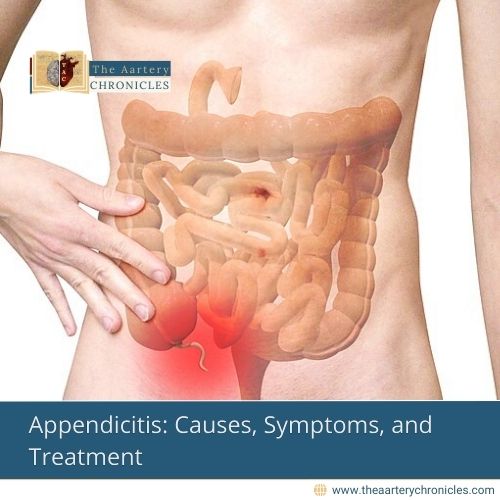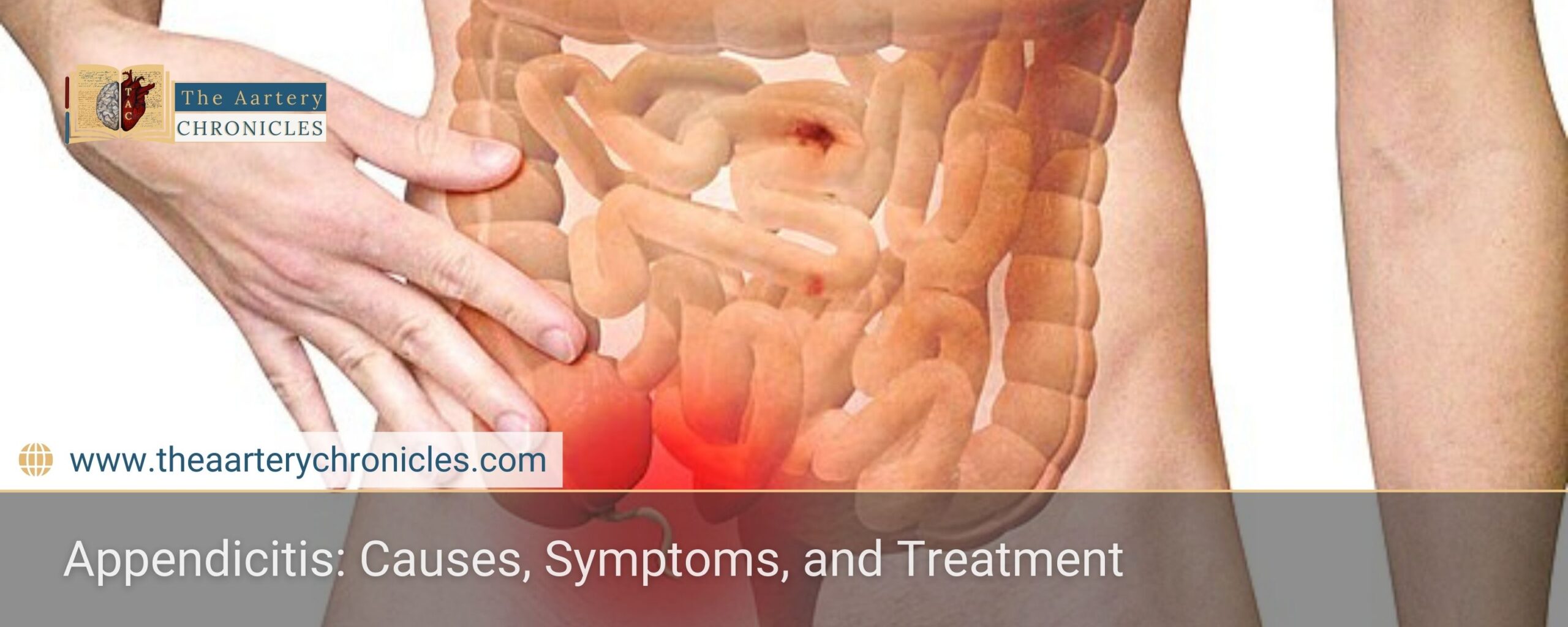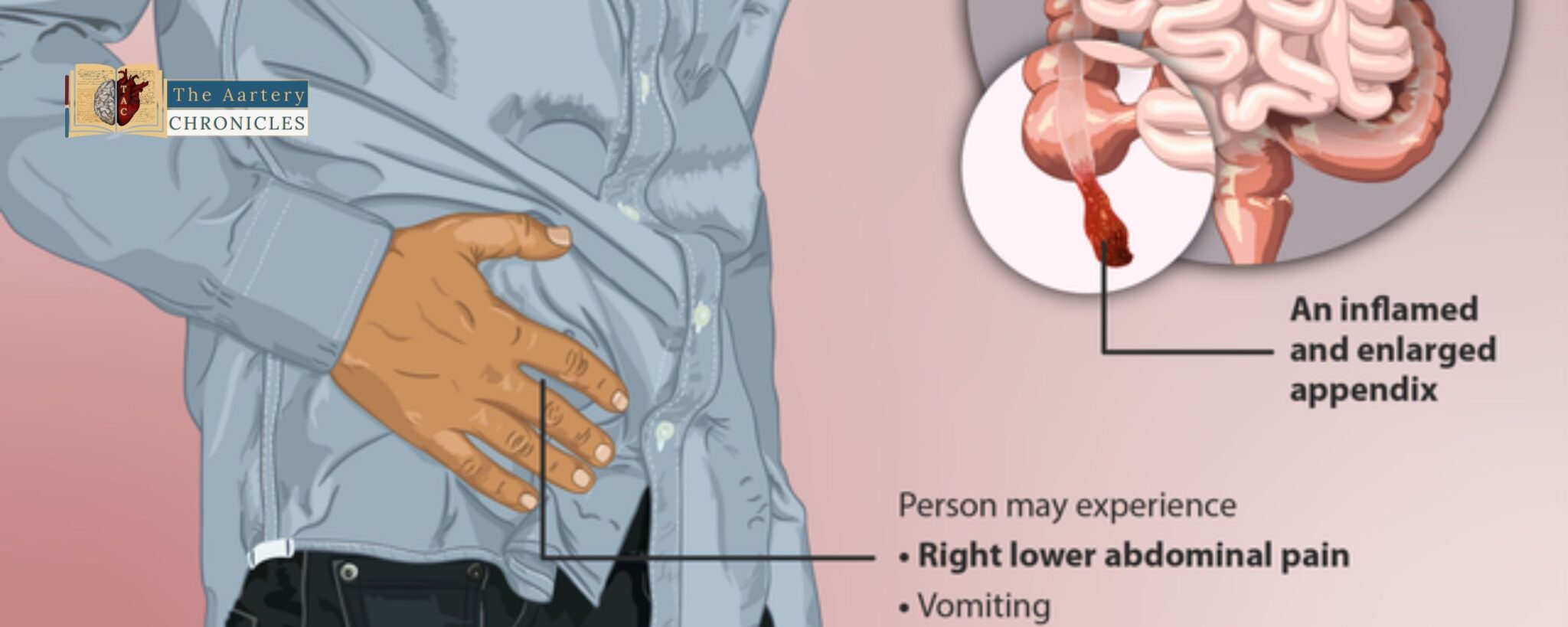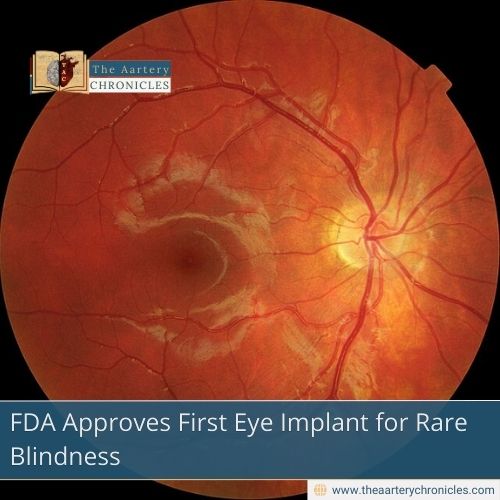

Appendicitis: Causes, Symptoms, and Treatment
Introduction
Abdominal pain can be like opening Pandora’s box, revealing a range of potential causes, including appendicitis, tumors (benign or malignant), kidney stones, and abscesses. Sometimes, symptoms and test results can be misleading, making diagnosis difficult and necessitating exploratory surgery.
One such medical emergency is appendicitis, which is often misdiagnosed because its symptoms overlap with conditions like pelvic infections, gastroenteritis, and Crohn’s disease. Prompt recognition and treatment are crucial to prevent complications such as perforation and peritonitis.
Did you Know?
Appendicitis affects about 214 out of every 100,000 people worldwide each year, with around 17 million new cases reported in 2021. While it is treatable, delays in diagnosis can lead to serious complications, and in rare cases, even death. The global death rate from appendicitis was around 0.36 per 100,000 people in 2021. In India, the condition is fairly common, with studies showing an annual incidence of 3.18 to 4.17 cases per 1,000 individuals in some regions. In 2020, appendicitis was responsible for over 11,000 deaths in India, making up 0.13% of total deaths in the country. These numbers highlight the importance of recognizing symptoms early and seeking medical care to prevent severe complications.
What is Appendicitis?
The appendix is a small, finger-like pouch extending from the cecum, a part of the large intestine. Appendicitis occurs when the appendix becomes inflamed due to obstruction, often caused by a fecalith (a hardened mass of stool). This blockage increases the risk of bacterial infection and pus formation. If left untreated, appendicitis can lead to perforation, peritonitis, and sepsis, which can be life-threatening.
Symptoms and Signs of Appendicitis
Appendicitis presents with a range of symptoms that typically develop over time. Recognising these early signs is crucial for prompt diagnosis and treatment.
- Abdominal Pain: Typically begins around the umbilicus (belly button) and later localizes to the right lower quadrant. (Initially, pain is referred to the umbilical region due to visceral T8-T10 afferent nerve fibres stimulation.)
- Gastrointestinal Symptoms: Certain symptoms may occur due to obstruction of the appendix by a fecalith:
- Nausea
- Vomiting
- Difficulty passing gas
- Constipation
- Loss of appetite
- Fever & Chills: A mild fever is common as the infection progresses.
- Swollen Abdomen: A swollen abdomen may occur if the appendix perforates, causing its contents to leak into the abdominal cavity.

Signs of Appendicitis (Special Tests)
- McBurney’s Sign: Tenderness at a point one-third of the way from the anterior superior iliac spine to the umbilicus.
- Blumberg’s Sign: Pain upon sudden release of pressure over the right lower quadrant, indicating peritoneal irritation.
- Psoas Sign: Pain upon passive extension of the right hip while the patient is lying on their left side, suggesting retrocecal appendicitis.
- Obturator Sign: Pain on internal rotation of the flexed right hip, suggesting irritation of the pelvic appendix.
Causes of Appendicitis
Appendicitis is primarily caused by obstruction of the appendix due to:
- Fecaliths: Hardened stool blocking the appendix.
- Lymphoid Hyperplasia: Swelling of lymphatic tissue due to infection.
- Foreign Bodies: Rarely, seeds or other foreign materials can block the appendix.
- Tumours: In some cases, tumours can obstruct the appendix.
Although most cases result from obstruction, some cases may occur due to direct bacterial invasion without an identifiable blockage. If untreated, appendicitis may progress to perforation, typically within 48-72 hours after symptom onset.
Diagnosis of Appendicitis
Diagnosis is based on:
- Physical Examination: Assessing abdominal tenderness and performing special tests.
- Blood Tests: Elevated white blood cell count suggests infection.
- Imaging: Ultrasound or CT scan confirms inflammation and detects complications like perforation.
Treatment of Appendicitis
Treatment for appendicitis depends on its severity.
- Antibiotics: In some cases of uncomplicated appendicitis, antibiotics may be used as an initial treatment, but there is a risk of recurrence.
- Surgery (Appendectomy):
- Laparoscopic Surgery: A minimally invasive procedure with
- Faster recovery
- Less pain
- Minimal scarring
- Open Surgery: Recommended if the appendix has ruptured or there is widespread infection.
- Laparoscopic Surgery: A minimally invasive procedure with
Conclusion
If you have persistent right lower abdominal pain, do not ignore it. Early diagnosis and treatment of appendicitis are crucial to prevent severe complications. Your health is your greatest asset. Pay attention to warning signs and seek medical care promptly to ensure a safe recovery

Mihika Lokhande, Medical Student
Reviewed by Dr Aarti Nehra (MBBS, MMST),








